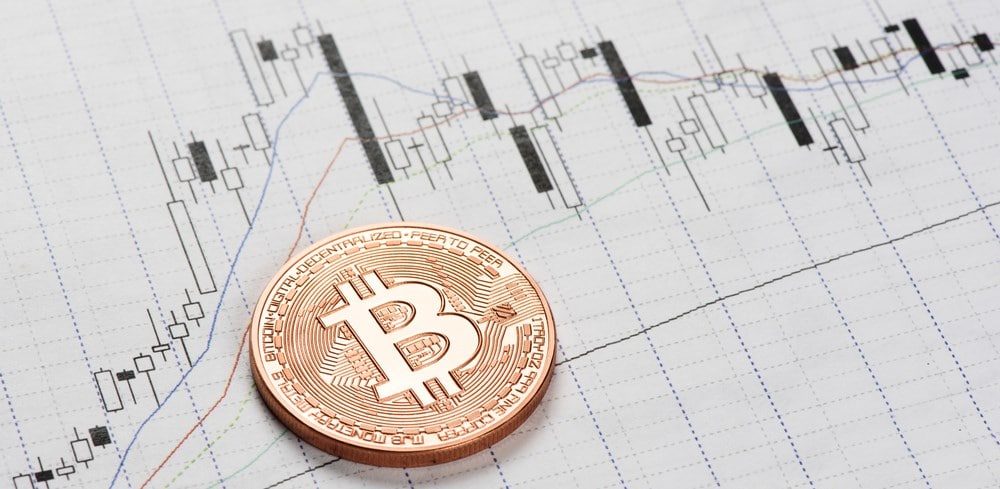What do tulips have to do with bitcoin?
Did you know that back in the 17th Century tulips were seen as “assets” that could make you rich?
In fact, according to various accounts, the demand for tulip bulbs in the Netherlands in particular soared from the early 1600s to 1633, when “Tulip Mania” hit and sent prices soaring.
Before that period of time, the tulip trade was restricted to professional growers, but the rising prices meant that ordinary middle-class and poor families started to speculate on the tulip market.
Homes and estates were mortgaged so tulip bulbs could be bought to sell at even higher prices.
Sales and resales were made many times over without the bulbs ever leaving the ground and rare varieties of bulbs sold for the equivalent of hundreds of dollars each.
By 1637, it all came crashing down and almost overnight the price structure for tulips collapsed, reportedly leaving many bankrupt.
Today, “Tulip mania” – and the term “the madness of crowds” – are often used metaphorically to refer to any large economic bubble when asset prices deviate from intrinsic values.
So, what do tulips have to do with bitcoin?

Well, if you ask me, there seem to be more similarities than differences.
Both “assets” don’t really have an intrinsic value apart from an increasing number of people who want to “invest” in them.
Just like the tulips that were bought and sold without ever coming out of the ground, you can’t touch bitcoin, which means I’d never personally invest in it.
The argument against this may be that you can’t touch shares, but shares are attached to a real entity that exists in time and space – and is also regulated.
Bitcoin has increased in “value” by more than 2,000 per cent in the past 12 months, which is motivating many mums and dads to buy because of the promise of massive future profits.
Sure some people who bought bitcoin at the very beginning may have made some money, but when FOMO is the motivation to invest you can be sure that your results will likely leave you wondering why you got caught up in the madness to start off with.
The lack of regulation – while attractive to a certain element of society – is also a concern because if (and when) it comes crashing down there will be nowhere to turn but perhaps your own gullibility.
Likewise, given it’s a crypto-currency – meaning it exists in cyber-space and literally nowhere else – that means that it could be here today and gone tomorrow.
So where should you actually be investing?
Sound investment principles include investing in assets that have a proven history of performance.
 Of course real estate is one, given its long and stable background of recording capital growth and returns for investors and homeowners over many generations.
Of course real estate is one, given its long and stable background of recording capital growth and returns for investors and homeowners over many generations.
While Australian property has experienced periods of peaks and troughs – often due to external factors like world wars or global financial crises – over the long-term its results are positive.
Successful wealth creation is about investing for the long-term in a slow and steady manner.
Not riding a rollercoaster which inevitably will end up where it started – with far too many people left scratching their heads trying to work out what just happened to all of their money.
The information provided in this article is general in nature and does not constitute personal financial advice. The information has been prepared without taking into account your personal objectives, financial situation or needs. Before acting on any information you should consider the appropriateness of the information with regard to your objectives, financial situation and needs.
- Choosing the right mortgage solution of variable fixed or both - October 8, 2024
- All You Need to Know About Bank Valuations - September 20, 2024
- Getting the Most out of the Spring Property Season - August 26, 2024

